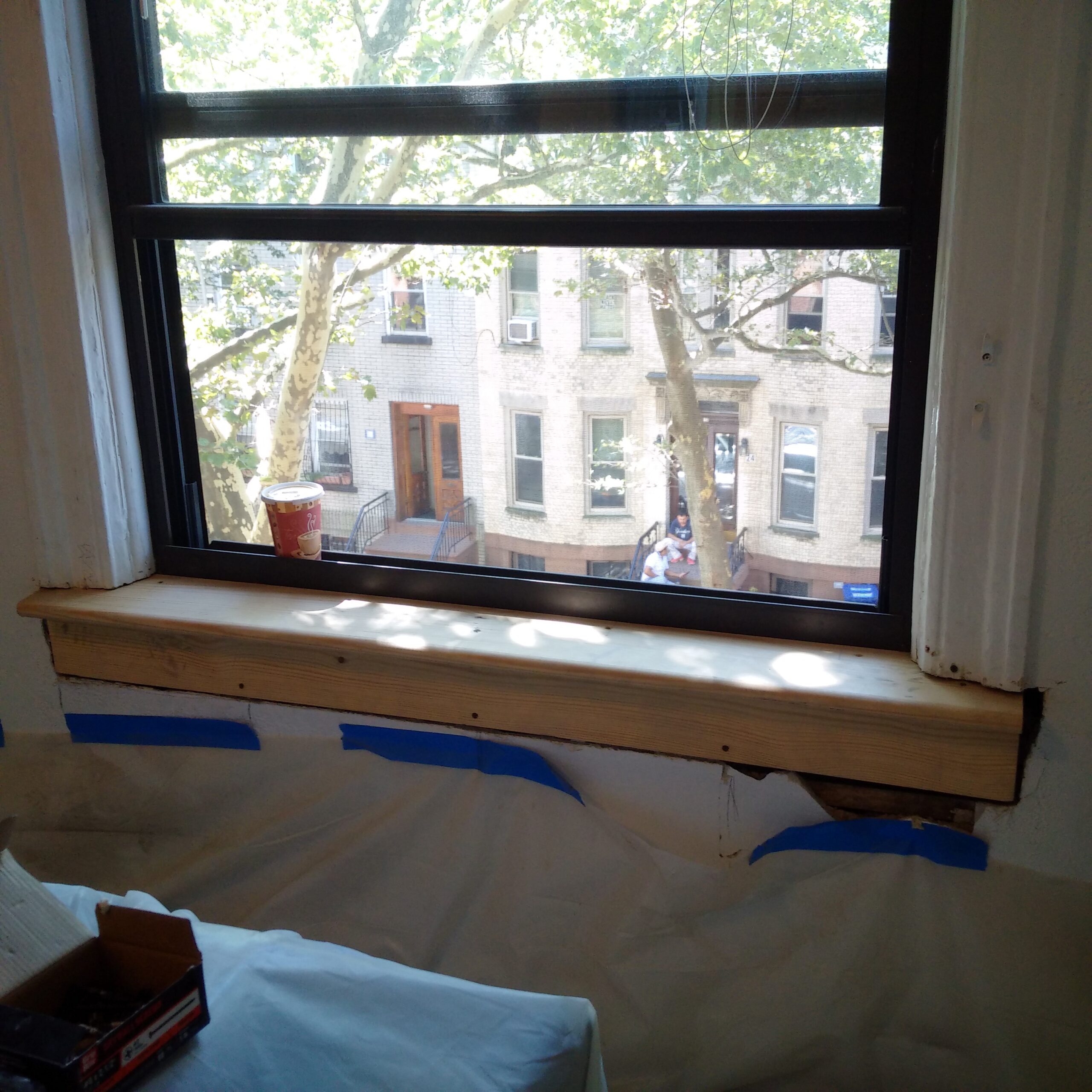Ideal Practices for Making Sure Safe and Comprehensive Lead Offense Abatement
Addressing lead offense reduction calls for a multi-faceted strategy to ensure both safety and compliance. It's the final clearance process, entailing extensive examinations and research laboratory screening, that genuinely verifies a lead-free environment, ensuring long-term safety. How do these methods adjoin to ensure comprehensive lead abatement?

Initial Analysis
Carrying out a preliminary analysis is an important primary step in lead offense reduction. This stage incorporates a thorough assessment of the building to recognize the presence, degree, and specific locations of lead-based dangers. Qualified professionals, such as qualified lead inspectors or take the chance of assessors, must do a thorough website evaluation, utilizing devices like X-ray fluorescence (XRF) analyzers to accurately find and gauge lead concentrations in paint, dirt, soil, and water.
The assessment has to additionally consist of an evaluation of the structure's history, previous records, and any kind of complaints or health and wellness concerns reported by owners - Lead Removal Contractors. Recording the findings meticulously is necessary, as these records develop the basis for establishing an efficient abatement method. An extensive evaluation also entails tasting and lab evaluation, which are important to confirm the presence of lead and overview succeeding activities
Furthermore, it is critical to communicate the outcomes transparently to all stakeholders, including homeowner, renters, and regulatory authorities. By making sure that the preliminary analysis is conducted with precision and rigor, professionals can lay a strong foundation for a targeted and effective lead reduction procedure, eventually guarding public health and guaranteeing conformity with governing requirements.
Appropriate Control
Correct control is essential to stop the spread of lead pollutants throughout reduction tasks. Efficiently handling containment lessens the danger of lead dust and particles moving to non-work areas, consequently guarding both the atmosphere and individuals outside the prompt job area.

Routine evaluations of the control area are essential to look for violations or weaknesses in the obstacle. Any recognized issues should be quickly addressed to maintain the honesty of the control. By sticking to these methods, reduction projects can properly regulate lead contamination and alleviate affiliated wellness risks.
Employee Security
Making sure employee defense is critical during lead abatement projects to avoid job-related exposure to harmful lead fragments. Crucial actions include using personal safety equipment (PPE) such as respirators, gloves, and full-body matches specifically designed to block lead dirt and fumes. Employees need to go through detailed training on the correct use and maintenance of PPE, including healthy testing for respirators to guarantee maximum effectiveness.
Engineering controls, such as neighborhood exhaust ventilation systems, are critical in minimizing airborne lead focus in the job environment. Administrative controls ought to additionally be carried out, consisting of restricting the period of direct exposure and turning employees to minimize specific exposure times. Routine clinical monitoring and biological monitoring are vital for early detection of lead absorption, allowing prompt treatment and treatment.
Additionally, establishing a decontamination protocol is vital. Employees should adhere to strict purification procedures prior to breaks and at the end of their shift to avoid lead dirt from being brought outside the workplace. This includes comprehensive hand and face cleaning with lead-specific cleansing representatives and altering out of contaminated apparel.
Precise Clean-up
Maintaining a risk-free job my latest blog post environment expands past employee protection a knockout post and incorporates careful cleaning to ensure lead fragments are extensively eliminated from the website. The process of careful cleanup is critical in avoiding the recontamination of the moderated area and safeguarding both current and future passengers.
To achieve a thorough clean-up, all workplace must be systematically decontaminated. This involves using specialized HEPA (High-Efficiency Particulate Air) vacuum cleaner cleansers and wet-wiping methods to record and remove fine lead dust that may have decided on surface areas. It is important to cleanse all straight surface areas, consisting of floors, home window sills, and counter tops, in addition to upright surfaces that may have caught lead fragments.
Employees must put on appropriate personal safety devices (PPE) throughout cleanup to prevent direct exposure to recurring lead dust. Utilized cleaning products such as wipes, sponges, and mop heads ought to be dealt with based on contaminated materials disposal regulations.

Last Clearance
Final clearance is the essential concluding stage of lead abatement that figures out whether the website is risk-free for reoccupation. This important step includes thorough assessment and testing to validate that all lead dangers have been efficiently eliminated.

Last clearance screening not only protects future passengers however also makes sure compliance with local, state, and government laws. It serves as a documented validation of the reduction specialist's adherence to industry ideal techniques. Making certain a detailed and effective final clearance is vital in securing public health and fostering rely on the abatement process.
Final Thought
Guaranteeing safe and extensive lead infraction abatement necessitates a multifaceted technique including first analyses with sophisticated detection methods, efficient containment methods, rigorous employee protection protocols, and meticulous cleaning treatments. The final clearance phase, including thorough assessments and lab screening, is important to verify compliance with EPA requirements. Adherence to these best practices guarantees a safe environment for occupants, reduces health and wellness dangers, and promotes governing demands, therefore promoting public health and wellness and safety and security in lead-affected locations.